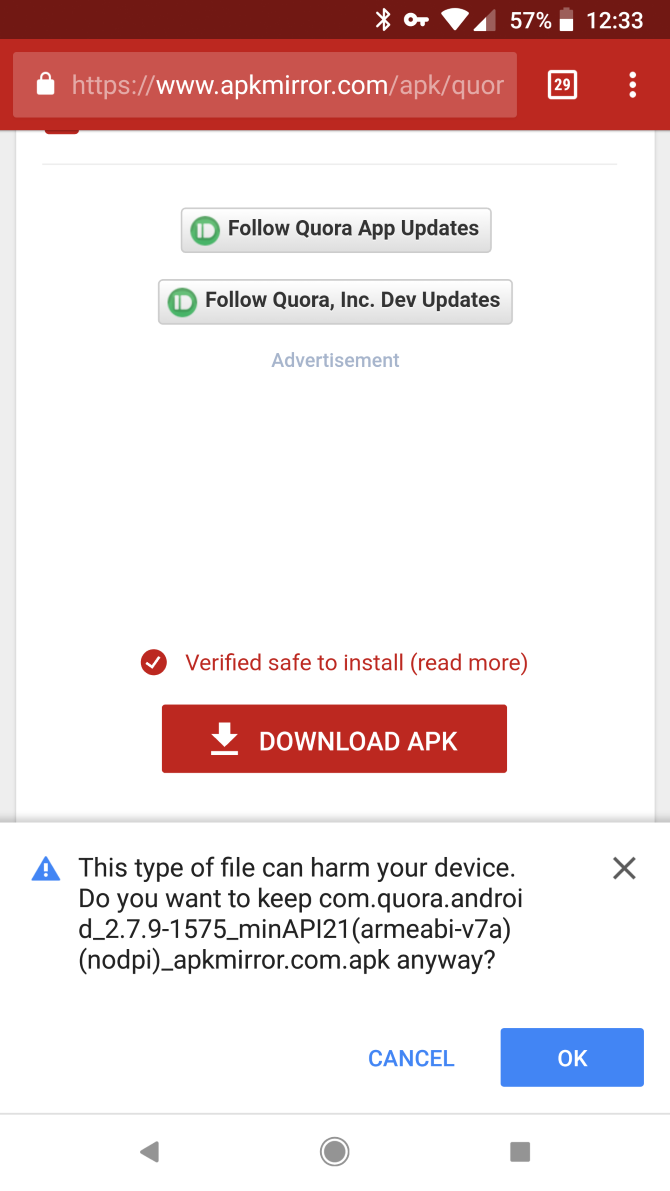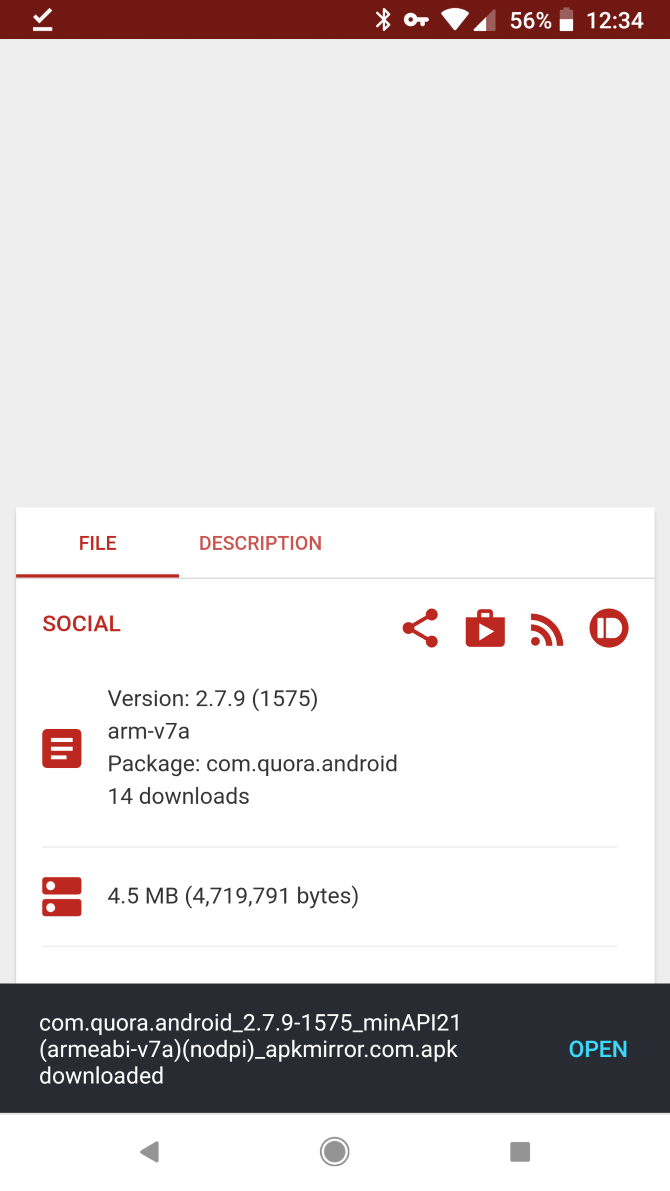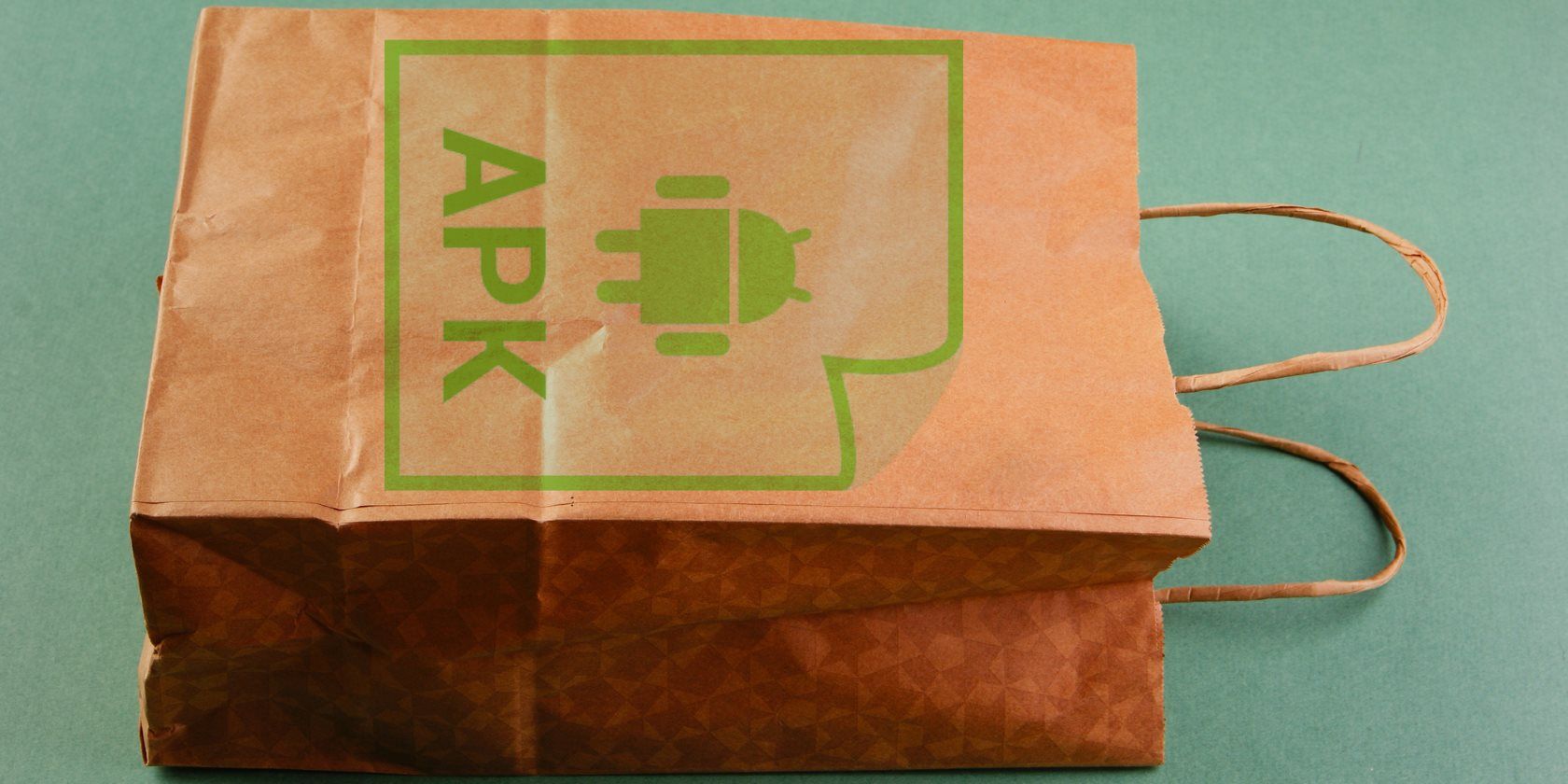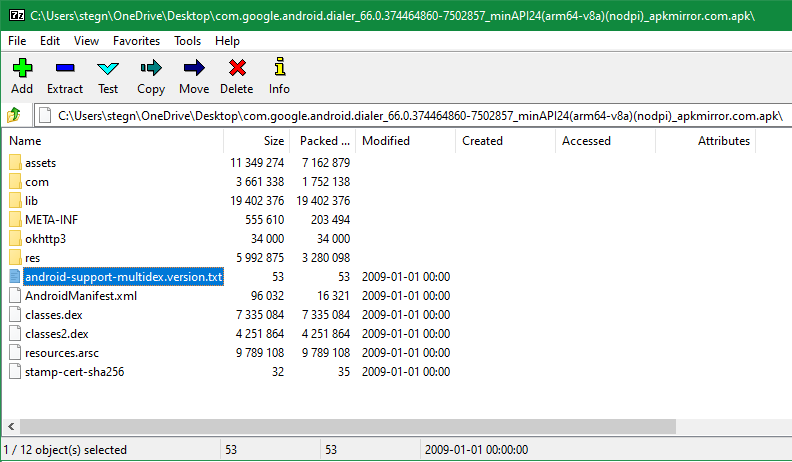If you have an Android device, you might have heard the term APK and wondered what it means. Grasping this will help you understand and appreciate the platform further, so let's look at what an APK file is and why it's important to Android.
What Is an APK File?
APK stands for Android Package (sometimes Android Package Kit or Android Application Package). It's the file format that Android uses to distribute and install apps. As a result, an APK contains all the elements that an app needs to install correctly on your device.
An APK is an archive file, meaning that it contains multiple files, plus some metadata about them. You're probably familiar with other types of archive files, like ZIP and RAR.
Generally, archive files (like ZIP) are used to combine multiple files into one, to make them more portable or to compress them to save space. When an archive is used to distribute software, it's then called a software package.
As it turns out, APKs are a variant of the JAR (Java Archive) file format, since a lot of Android is built in Java. All APKs are ZIP files at their core, but they must contain additional information to properly function as an APK. So all APKs are ZIPs, but not all ZIPs are APKs.
How Do I Open APK Files?
If you're curious, you can crack open an APK file and see what's inside. Just use a file extraction tool like 7-Zip to open it like you would any old ZIP file. However, you can't do much with APKs on platforms other than Android, unless you install an Android emulator like Bluestacks. We mention opening an APK file—which installs it—below.
What Are APK Files Used For?
APK files allow you to install apps on your Android phone. They're similar to the APPX files used to install Store apps on Windows, as well as corresponding package files on other platforms. When you open an APK on your Android device, it contains the instructions to install the app on your phone and provides information about the package itself to your device.
Normally, when you visit Google Play to download or update an app, the store automatically installs the APK for you. In this way, the Play Store also acts as a package manager—a tool for easily installing, updating, and removing software on a device.
However, due to Android's open nature, Google Play is not the only way to find and install APKs. It's easy to obtain an APK file from elsewhere, move it to your device, and install it manually. See how to sideload apps on Android for a full guide.
How Are APK Files Created?
When a developer creates an Android app, they likely use Android Studio, the official development tool for Android. Once the app is ready to ship, Android Studio compiles the app, then puts it all into one container—an APK.
APKs can have any name, but typically need to keep the file extension .apk so OSes know how to interpret them. When you download an APK, you'll usually find they have filenames like the following:
com.google.android.dialer_66.0.374464860.apk
This is a (shortened) version of the APK name for Google's Phone app. You can see that the full app name matches up with the app's filename in the URL of its Google Play page:
https://play.google.com/store/apps/details?id=com.google.android.dialer
The numbers at the end represent the current version, which can be quite granular since major apps like this are updated all the time.
Why Would I Install APK Files Manually?
Google Play is fine for most people's Android installation needs, but there are several benefits to installing APKs manually.
One of the biggest is getting access to the latest version of apps ahead of time. When a major Google app (like Calendar) releases a major update, it can take a week or more for your device to get the latest release from Google Play. Installing the APK on your own lets you skip the wait and update as soon as you want.



Sideloading APKs also lets you install apps on your device that aren't available on Google Play. You might find an app that isn't allowed on Google Play because it violates a policy, or maybe you want to test your friend's app that's currently in development.
Just like desktop software, though, downloading APK files from random websites can be dangerous. While Google Play has filters in place to catch dangerous apps, there's not as much protection when you're installing APKs on your own. They could be malware disguised as a legitimate app, or might be tampered with to include spyware.
Only download APKs from trusted sites. Be wary of any page that promises you a paid app for free—that's a common tactic to install malware on your device.
What Is Base.APK?
You might have come across a file on your phone called base.apk and wondered what it does. You'll only be able to see these base.apk files if you have root access on your phone, since they're in protected system folders.
This is a file that you'll find in every app folder. It contains the APK that you downloaded from Google Play, used to install the app initially. If you check the size of this file against the file size reported on the app's Play Store page, they should match up.
APK backup apps can use these to make a copy of the installed apps on your phone. If you want, you can also manually copy these files elsewhere for your own use. But this isn't necessary for backing up your Android device, so if you're not rooted, don't worry about these files. And if you do see them, don't panic, as they're a normal part of Android's operation.
Now You Know What APK Files Are For
We've looked at how APKs are the core format that Android uses to distribute and install apps. For normal use, they're mostly invisible. But APKs power all the downloads on your phone, so you deal with them all the time, even if you don't realize it.
Sideloading APKs from sources outside the Play Store is useful, and one of the best parts of using Android. But you should only do so when you trust the origin of the files, in order to avoid opening your phone to security risks.



